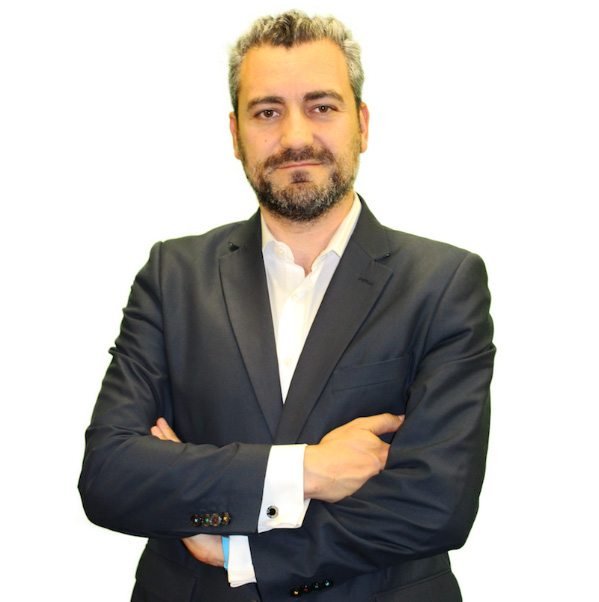In the midst of this pandemic, 2020 brought great news for the Spanish financial sector with the final adoption of the financial Sandbox, an initiative taken within the Digital Transformation Law for the Financial Sector. The Spanish Sandbox is configured as a controlled and non-deregulated testing space that identifies those projects that improve the provision of financial services, with very specific monitoring protocols established by the public bodies involved: Treasury, Bank of Spain, Directorate General of Insurance and Pension Funds and CNMV (Spanish supervisory body). In short, a space to promote innovation in the financial services industry in a high security environment.
The road to get here has not been at all easy. It has been full of obstacles as a consequence of repeated electoral processes, a complicated regulatory framework and even the outbreak of a pandemic, but it is now an unstoppable process. In fact, the first Sandbox call for proposals closed on 23 February with more than 60 projects submitted, demonstrating the wish that Spanish entrepreneurs have to develop disruptive products and services and the interest of many foreign entrepreneurs to establish themselves in Spain.
The Sandbox is the result of hard work by the entire Fintech ecosystem, which has been working in the same direction over the last few years to position Spain as one of the reference countries in this field. The positive impacts will be two: the creation of quality employment – it is estimated that the Sandbox will generate almost 4,000 jobs in two years – and the attraction of investment, which could exceed EUR 500 million. Not only this, it will also boost competitiveness and technological development, facilitating the retention of Spanish talent in national companies that are committed to innovation in the financial industry. In fact, one of the competitive advantages of the Spanish Sandbox is that it allows the entry of projects within the European Union and, moreover, does not require European companies to have a tax domicile in our country, and will even allow the entry of projects from Latin America, which has similar regulations to Spain. Thus, Spain could position itself as a true Fintech bridge between the two continents. The UK reference is a very good guideline if we take into account the number of projects submitted, which have raised an average of over six million pounds. In fact, the Spanish Sandbox is designed with the same ambition, promoting cross-border and innovative projects.
The entry to the Sandbox is established under two possibilities: exemption and non-subjection. The exemption modality allows fintech and insurtechs to enjoy a trial period in which they can gradually meet the requirements for obtaining an ordinary licence to operate in different markets. In this way, they would not be required to comply with all these requirements from the start, which could be a clear obstacle to the economic viability and survival of many of these companies, but in successive gradual stages as they reach a certain stage of maturity. Innovation would be an essential factor for the application of the exemption. On the other hand, under the non-subject modality, the sandbox allows these companies that carry out activities not expressly regulated to date (e.g. ICOs, neobanks, cryptocurrency brokering) to start testing their products in a secure or controlled testing space, thus allowing them to launch this type of innovative products and services on the market supported by the regulatory bodies.
Finally, it should not be forgotten that the Sandbox also serves as a useful tool for the legislator and supervisory authorities, which will be able to continuously monitor these types of entities and/or activities, thereby warning of the main risks and benefits to be taken into account with a view to the future regulatory developments of those activities excluded from the current legislation.
The Sandbox is not important in and of itself, but for its role as a catalyst to respond clearly and ambitiously to the challenges facing the new digital environment for the future, especially in a scenario where it is necessary to develop new disruptive services to respond to a new normality in which we are involved.
Authors

Rodrigo García de la Cruz
President at the Spanish Fintech and Insurtech Association (AEFI)
Search posts by topic
Advisory (6)
Alternative Investment (23)
Alternative investments (2)
AML (1)
Art (1)
Asset Management (24)
Banking (16)
Compliance (1)
Crypto-assets (3)
Digital banking (6)
Diversity (6)
EU (6)
Family Businesses (3)
Family Offices (2)
Fintech (10)
Fund distribution (20)
Governance (8)
HR (8)
ICT (1)
Independent Director (5)
Insurance (1)
Internationalization (1)
LATAM (8)
Legal (9)
Private Equity (4)
Reinsurance (1)
Sustainable Finance (23)
Tax (15)
Technology (6)
Transfer Pricing (2)
Trends (16)
Unit-linked life insurance (6)
Wealth Management (11)

